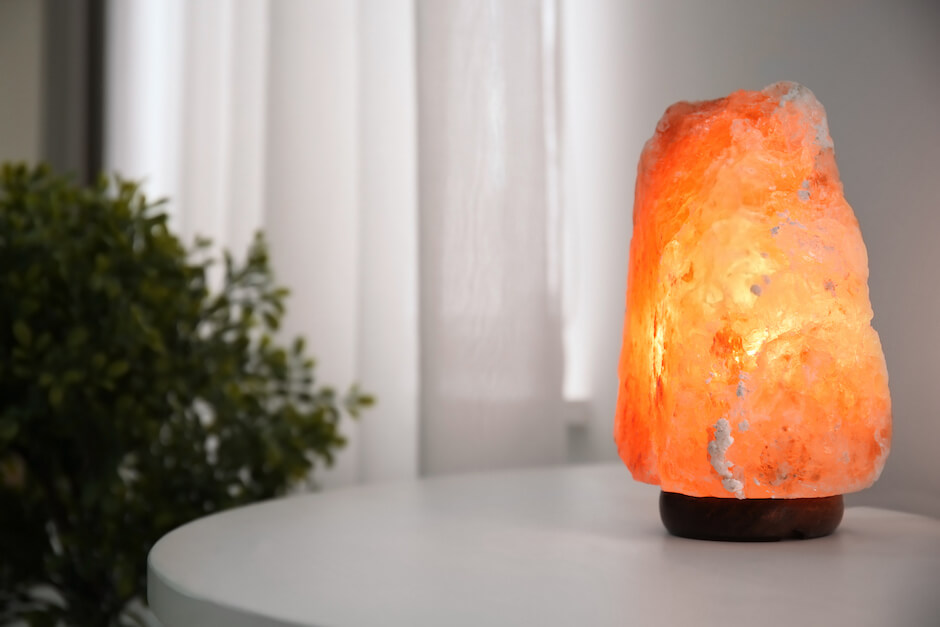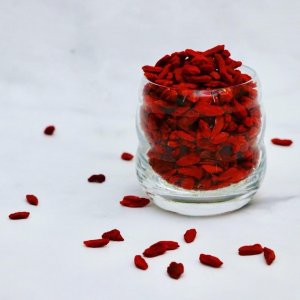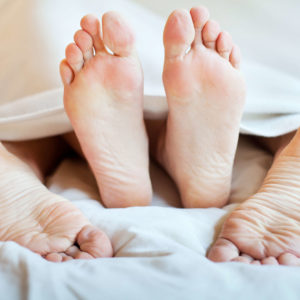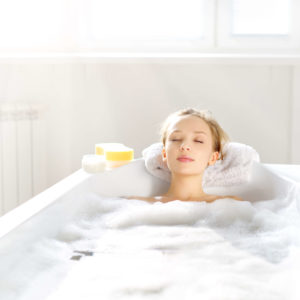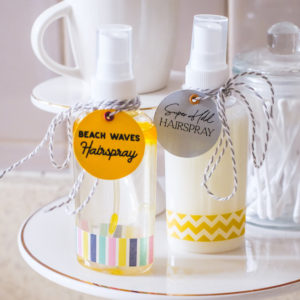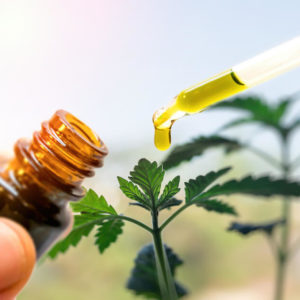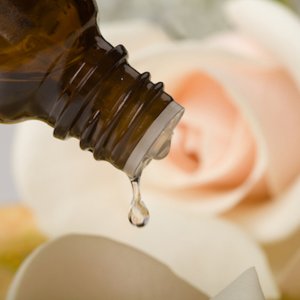Himalayan salt comes from the Khewra Salt Mines in Pakistan. The salt mountains are over 500 million years old and contain a bounty of minerals from an evaporated inland sea. People have mined the salt for its benefits since the 1800s. Himalayan salt is widely used to flavor food, and more recently, to make salt lamps. Let’s have a look at the potential health benefits of Himalayan salt lamps.
They’re Pretty
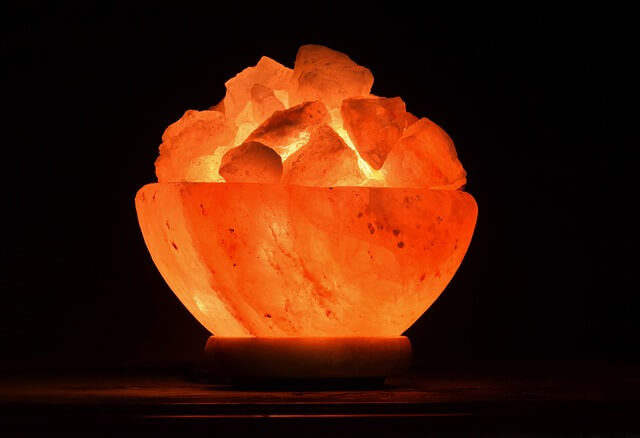
One obvious reason people love salt lamps is because they create a comforting gentle glow. The mineral content of the salt gives it the characteristic pink-orange hue. Because no two blocks of salt are exactly the same, they are a unique conversation piece and can lend a sense of warmth to any space.
Health Benefits?
In truth, there is literally no credible research about the benefits of consuming Himalayan salt nor the benefits of using a salt lamp. But hey, there aren’t a ton of research articles on things like the benefits of natural supplements and essential oils either. There are so many natural therapies that I wholeheartedly believe in that do not have significant research. It doesn’t mean they don’t work; it simply means it hasn’t been thoroughly tested. So I present here the theories behind these lamps and I’ll leave it to you to draw your own conclusions and make your own decisions.
It’s All About Ions
Ions are everywhere and – whether you are aware of them or not – there is a good chance they affect the way you feel and quite possibly your health as well.
Positive ions, or cations, are electrically charged atoms formed by the loss of one or more electrons. They are formed by pollution, dust, electrical storms, fluorescent lights, cell phones and other electronics, air conditioners, televisions, microwaves, etc. An excess of positive ions in your environment may contribute to a lack of energy, anxiety, and irritability. Additionally, positive ions in the air may be a significant contributing factor to respiratory issues as well as migraines and mood disorders.
Negative ions, or anions, are the opposite of positive ions. They have a strong negative charge, which causes them to statically attract airborne particles like dust, mold spores, pet dander and other floating particles. When they attach to these pollutants, they give them a negative charge and cause them to fall to the nearest surface. Supposedly, negative ions can clear even bacteria and viruses circulating in the air of your home.
Increasing Negative Ions
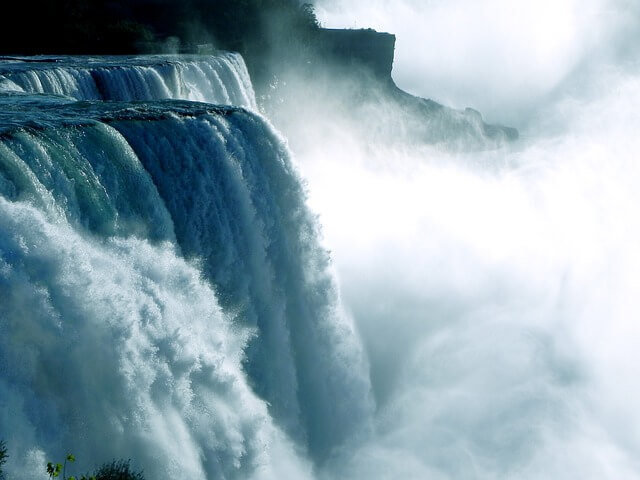
Negative ions exist abundantly in nature, especially near sources of crashing water. This is one reason you may feel so refreshed and revitalized after a walk in the woods or near a natural water source. Waterfalls, ocean waves, and thunderstorms are natural generators of negative ions.
Salt lamps offer another way to potentially increase the proportion of negative ions in your home. Negative ions in a room attach to and remove undesirable positive ions in your air.
Salt is hygroscopic, meaning it attracts water molecules from surrounding air. The salt lamp attracts water vapor and its attached pollutants, such as pollen, dust, animal dander, spores, etc. As the water vapor dries on the lamp, these particles remain on the lamp while water is evaporated back into the surrounding air. The particles remain trapped on the salt or fall to the surface to be wiped away.
What to Look for
Check for purity
There are a lot of fake salt lamps out there. Be sure you purchase a genuine Himalayan salt lamp.
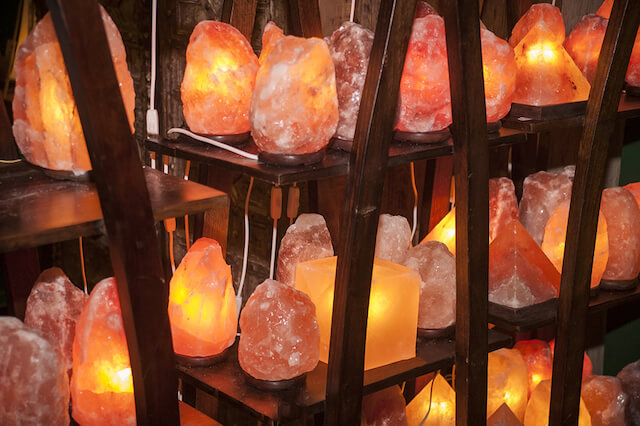
Proper wattage
The size light bulb really depends on the size of your lamp. Just make sure the lamp gently heats up when lit. It should not be hot enough to burn but should definitely be noticeably warm to the touch.
Size
Purchase a lamp to suit the size of room in which you want to use it. A general rule is 1 pound of salt per 16 square feet.
What do you think?
Have a salt lamp and love it? Or are you a skeptic? Comment below with your experience or opinion.
Ready to purchase?
Click here to enjoy the health benefits of Himalayan salt lamps!
